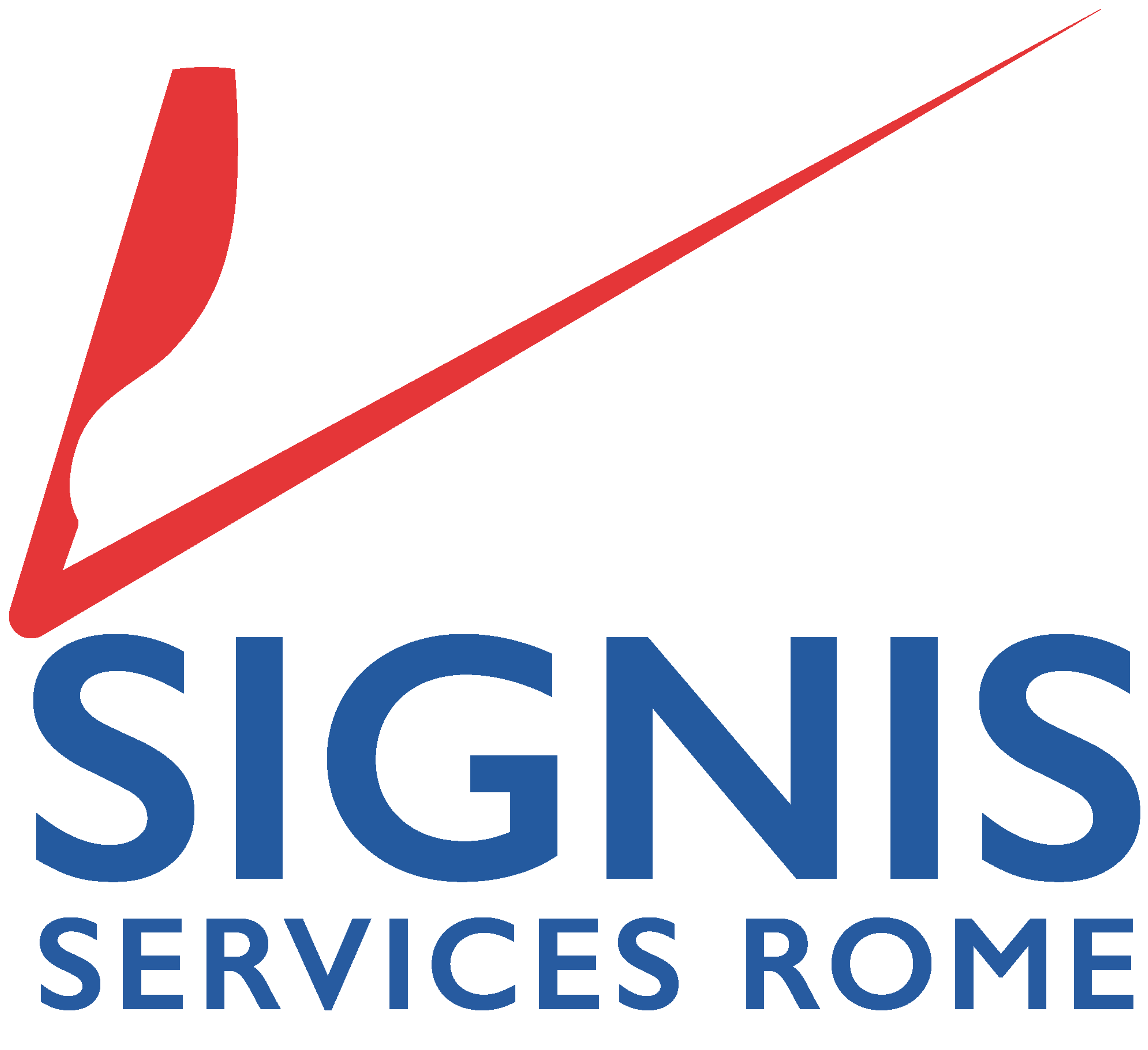After understanding what the M.E.A.L. system is all about on the first module, we will now examine the first of the five phases that compose the system: the design of the logic model, which is critical to explaining and understanding the type of change you want to achieve.
A logic model is a simplified picture of how a project is supposed to work. It is a set of documents created through specific tools that can be used both by the M.E.A.L team as input to design the entire M.E.A.L. system and by stakeholders to communicate the project’s intended outcomes.
There are three common tools used to create logic projects models: Theory of Change, Results Framework, and the Logframe. These instruments follow one another because each one is built on the information of the previous one. They are a visual way to get a summarised representation of the ultimate goal the project wants to achieve and how it plans to do so. It also illustrates how the change must be articulated to be achieved.
Strong logic models are fundamental to designing M.E.A.L. and the information contained in it is used by other actors for different purposes. For example, project proposal writers use logic models to solicit discussion about potential activities, while project managers use them to communicate with stakeholders, and business development staff use logic models to explain the project logic and results to potential donors.
Click on download to discover the three tools needed to design the logic model.
MODULE 2: Designing the M.E.A.L. Logic Model – Download
Find the previous module online “Understanding the M.E.A.L. System” here or download it.
If you are interested in knowing more about project writing and evaluation and would like to have the assistance of professionals, you can email us at ssr@signis.net. At SIGNIS Services Rome we are experts in the sector and have been involved in project writing for the creation and development of communications projects all over the world for decades.
*This content was curated by Valeria Appolloni and inspired by the materials published on Kaya, published for non-commercial and educational use.

